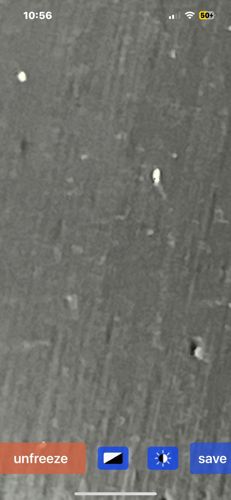Dust Mite
Scientific Name: Dermatophagoides spp.
Order & Family: Acariformes, Pyroglyphidae
Size: Approximately 0.2-0.3 mm (too small to be seen with the naked eye)

Natural Habitat
Commonly found in human dwellings, especially in bedding, upholstered furniture, carpets, and clothing. They thrive in warm, humid environments.
Diet & Feeding
Feeds primarily on dead human and animal skin cells (dander), as well as some molds and fungi.
Behavior Patterns
Dust mites are microscopic arachnids that are not parasitic on humans, but their waste products and decaying bodies are major components of house dust and are significant allergens. They do not drink water, absorbing moisture from the atmosphere. They reproduce rapidly under favorable conditions.
Risks & Benefits
Risks: Major indoor allergen, causing allergic reactions such as asthma, rhinitis (hay fever), and eczema in sensitive individuals. They do not bite, sting, or transmit diseases. Benefits: Considered detritivores, breaking down organic matter in indoor environments, though this benefit is often outweighed by their allergenic properties.
Identified on: 9/20/2025